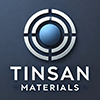Showing 457–468 of 632 results
-
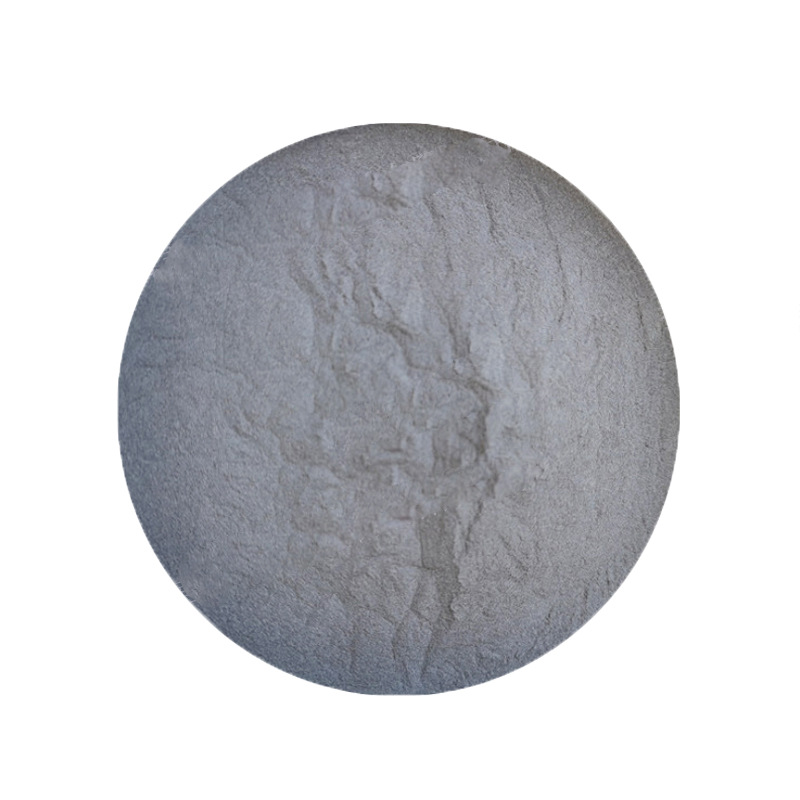
- High Magnetic Strength: SmCo magnets, made from samarium, offer superior magnetic strength and can operate at temperatures as high as 350°C, making them ideal for high-temperature and harsh environments.
- Thermal Stability: Samarium exhibits excellent thermal resistance, making it valuable for applications that require stability at high temperatures.
- Neutron Absorbing Properties: Its isotope Sm-149 is an effective neutron absorber, making it crucial in the control of nuclear reactors.
- Corrosion Resistance: SmCo magnets and other samarium alloys are highly resistant to corrosion, enhancing their durability in various industrial and defense applications.
- Catalytic Efficiency: Samarium-based catalysts are useful in organic reactions, particularly in stereoselective synthesis.
-
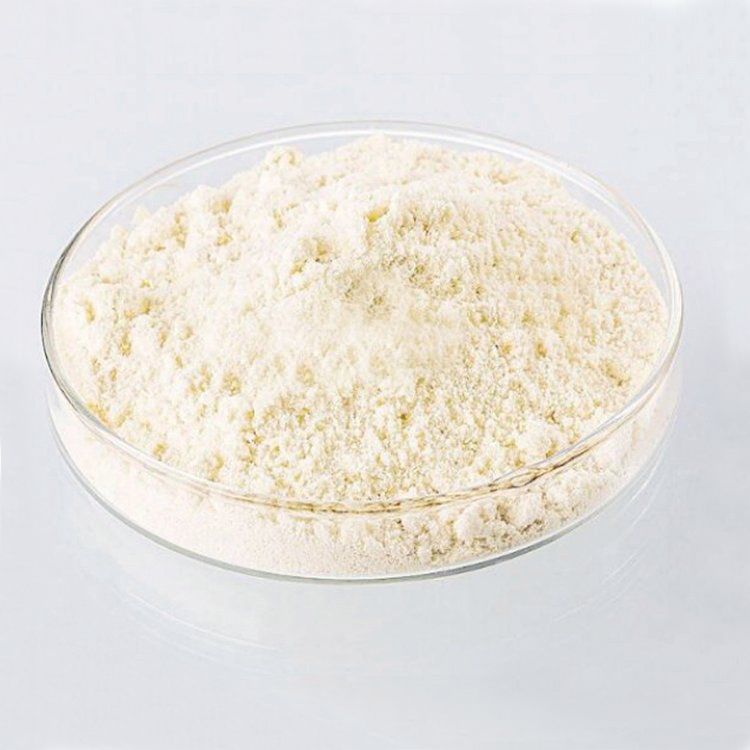
- High Purity: ≥99.9% for enhanced performance in specialized applications.
- Superior Magnetic Properties: Used in the production of magnets and electronic components.
- Thermal Stability: Excellent performance at high temperatures.
- Chemical Inertness: Stable under various environmental conditions.
- Customizable Particle Sizes: Nano and micron-scale powders available.
- Versatility: Suitable for a wide range of industries, from electronics to energy.
-
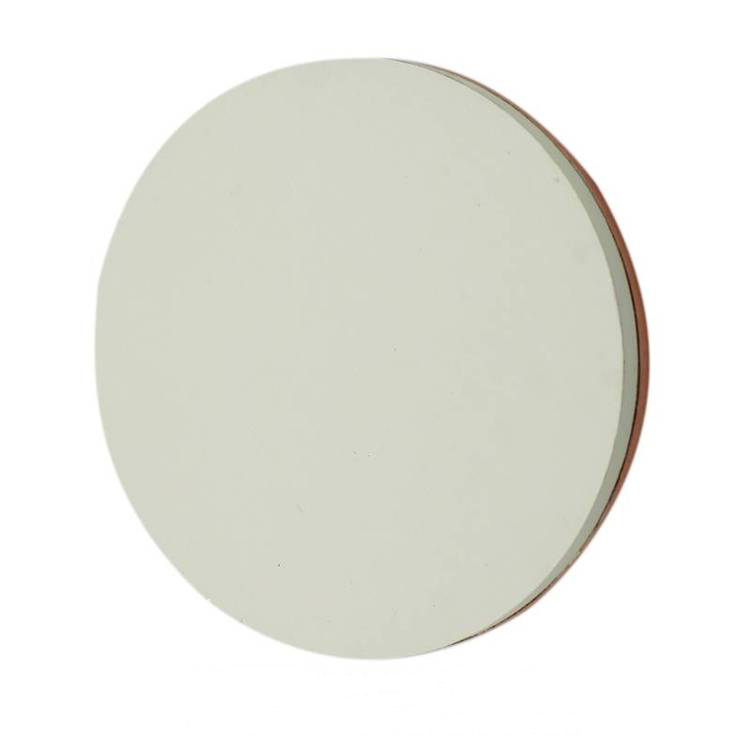
- High Purity: Ensures minimal contamination for reliable thin-film deposition.
- Thermal Stability: Suitable for high-temperature processes.
- Excellent Magnetic Properties: Ideal for magnetics and spintronic applications.
- Optical Performance: High transparency in specific wavelength ranges.
- Custom Configurations: Available in various sizes and purity levels.
-
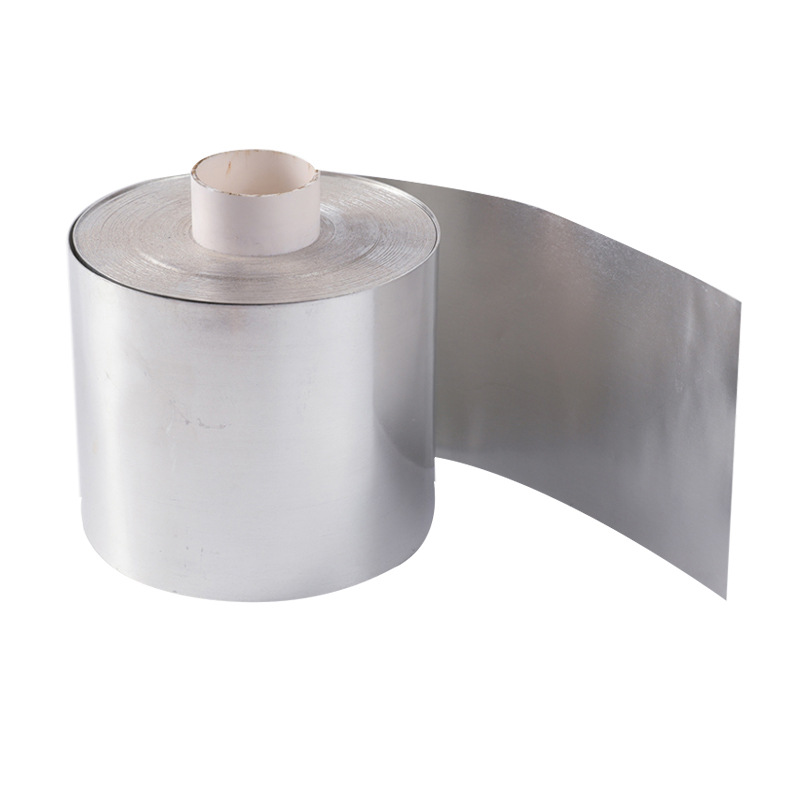
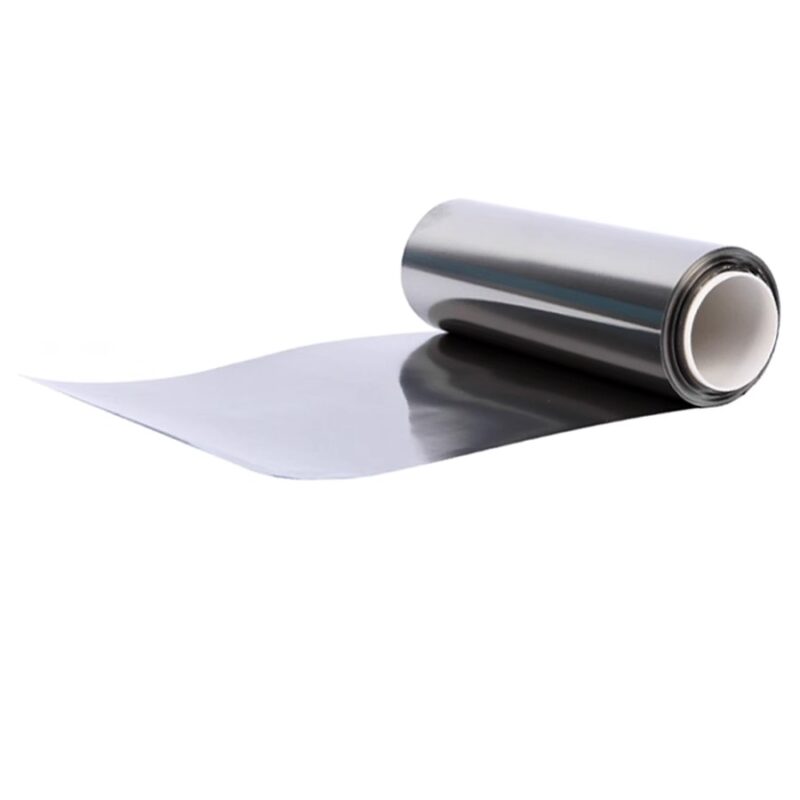
- Lightweight and Malleable: Tin foil is extremely lightweight and can be easily bent, folded, and shaped into various forms without losing its integrity.
- Corrosion Resistance: Tin is naturally resistant to corrosion, which makes it ideal for applications where exposure to moisture and air is a concern.
- Excellent Conductivity: Tin foil exhibits good electrical conductivity, which is useful in a variety of electronic applications.
- Durability and Flexibility: Tin foil combines durability with flexibility, offering both strength and ease of handling in manufacturing processes.
-
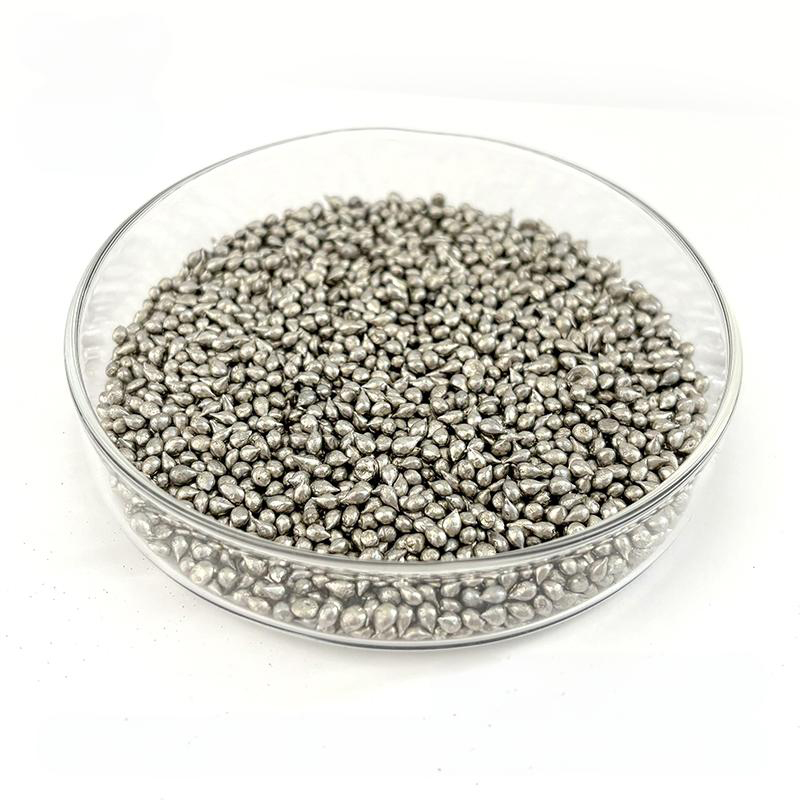
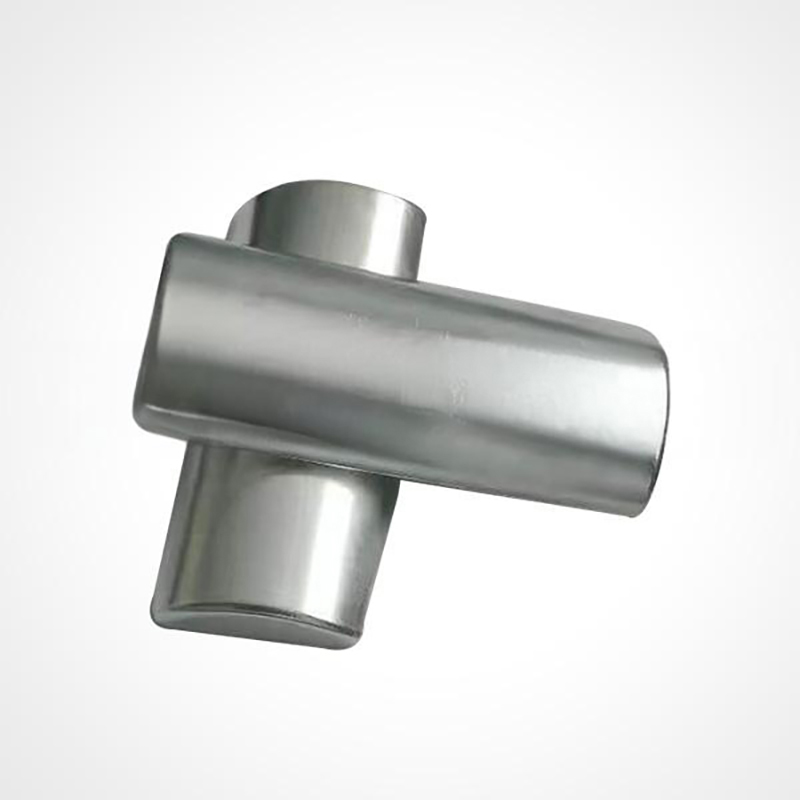
$10.00 – $1,258.00
- High Purity: Ensures consistent performance and reliability in sensitive applications.
- Excellent Electrical Conductivity: Provides effective electrical connections in electronic components.
- Corrosion Resistance: Offers protection against environmental factors, enhancing durability.
- Low Melting Point: Facilitates easy processing in soldering and thin-film applications.
- Non-toxic: Compared to other metals, tin presents a lower environmental impact, making it a safer choice in many applications.
-
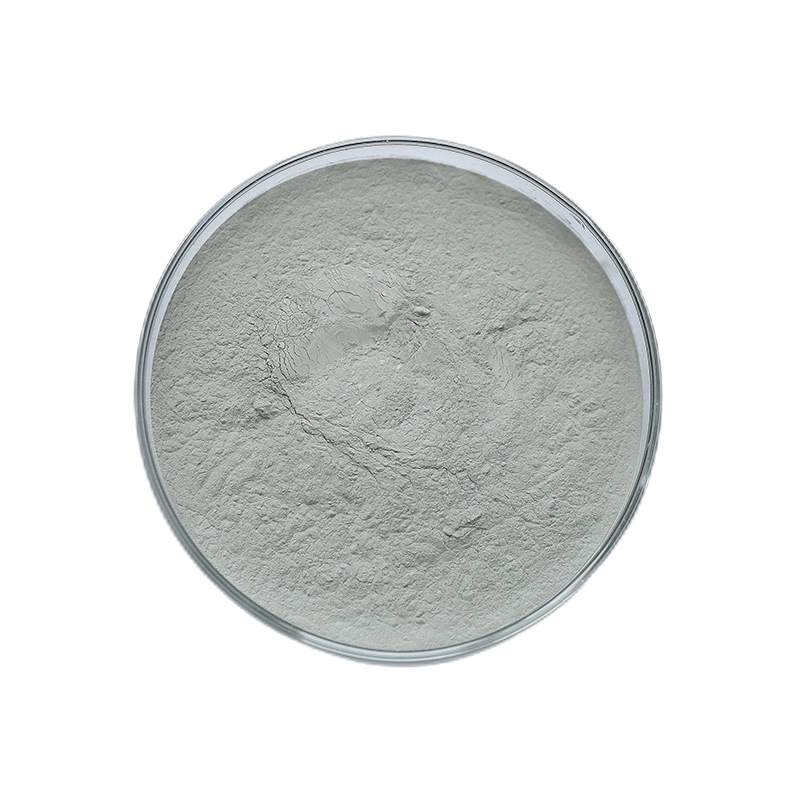
- High Purity: Tin powder with ≥99.9% purity ensures reliability in critical applications.
- Consistent Particle Size: Uniform particle distribution enhances process performance and product quality.
- Good Conductivity: Excellent electrical and thermal conductivity for electronic components.
- Low Melting Point: Easy to process, especially for soldering and coating applications.
- Corrosion Resistance: Stable performance in various environmental conditions.
- Customizable Specifications: Available in micron or nano-sized powders tailored to requirements.
-
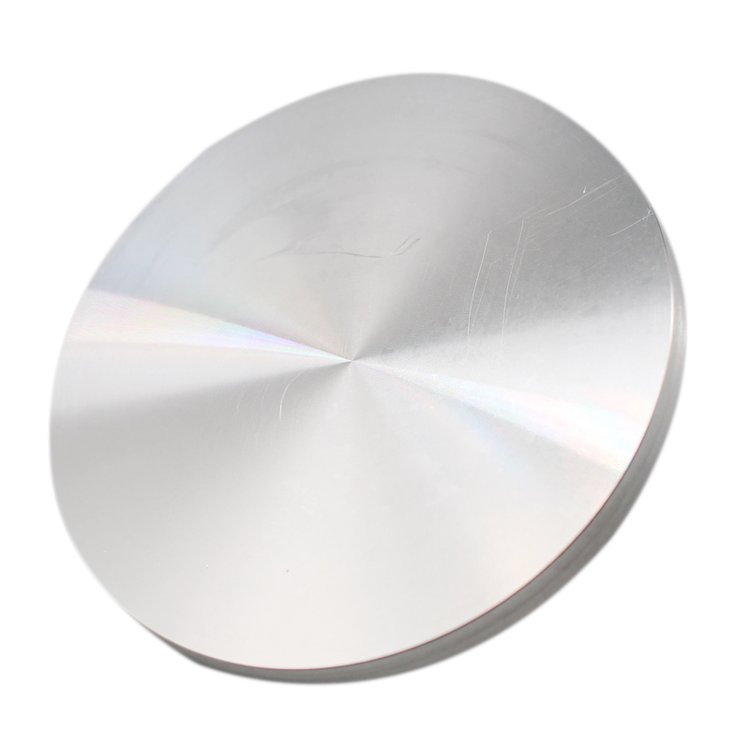
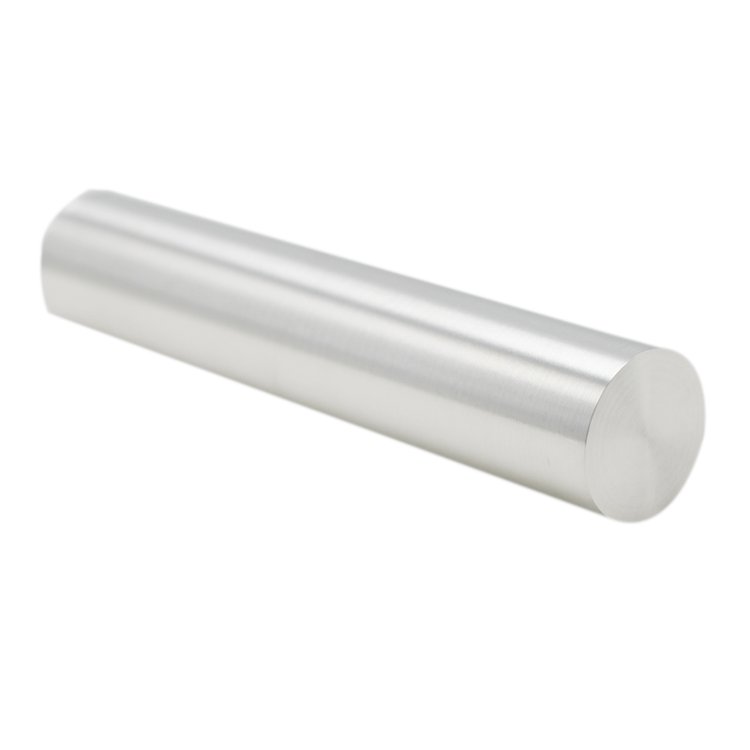
- High Purity: Typically available in purities of 99.9% (3N) to 99.9999% (6N), ensuring high-quality deposition with minimal impurities.
- Good Conductivity: Tin is an excellent conductor of electricity, making it ideal for electronic and semiconductor applications.
- Corrosion Resistance: Exhibits resistance to oxidation and corrosion, ensuring durable and stable coatings.
- Low Melting Point: Tin has a relatively low melting point (232°C), facilitating efficient sputtering processes.
- Versatility: Suitable for creating uniform films in a range of applications, including electronic, decorative, and optical coatings.
-
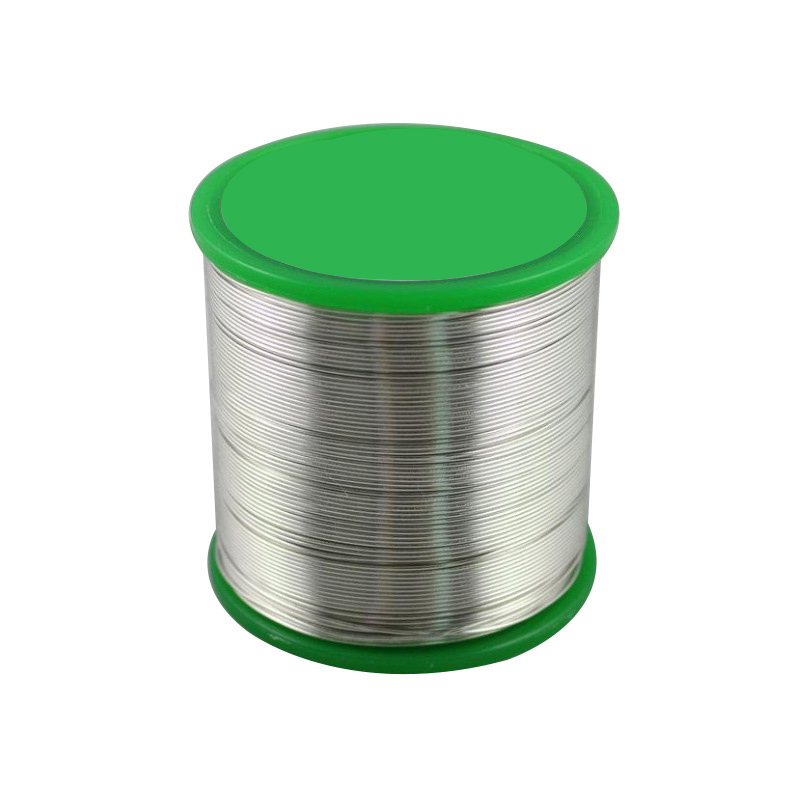
- Low Melting Point: Tin wire has a relatively low melting point (232°C), making it ideal for soldering applications where a soft, low-temperature process is required.
- Excellent Solderability: Due to its low melting point and excellent flow characteristics, tin wire is widely used in electronic soldering, creating strong, reliable joints.
- Corrosion Resistance: Tin wire is highly resistant to corrosion and oxidation, especially in humid or saline environments, ensuring longevity and performance.
- Non-toxic: Unlike lead-based solders, tin wire is non-toxic, making it an environmentally friendly and safe alternative for various applications, especially in food and medical devices.
- Malleability and Ductility: Tin wire is relatively soft and ductile, which allows it to be easily shaped and manipulated without cracking or breaking.
- Conductivity: While not as conductive as copper or silver, tin still offers sufficient electrical conductivity for most standard applications.
- Customizability: Tin wire can be customized in different diameters, grades of purity, and surface finishes to suit specific requirements.
-
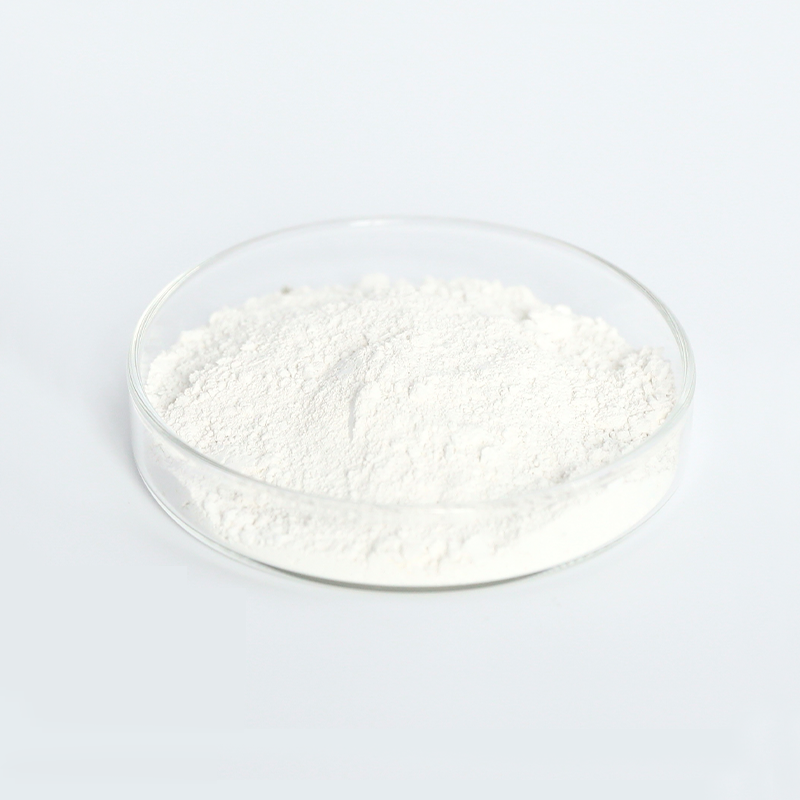
- High Purity: SnO₂ powder with ≥99.9% purity ensures optimal performance.
- Good Conductivity: Excellent electrical properties for semiconducting and sensor applications.
- Optical Transparency: Ideal for transparent coatings and conductive films.
- Chemical Stability: High resistance to corrosion and chemical degradation.
- Customizable Specifications: Available in nano and micron-sized powders for diverse applications.
- Environmental Safety: Eco-friendly material with broad industrial use.
-
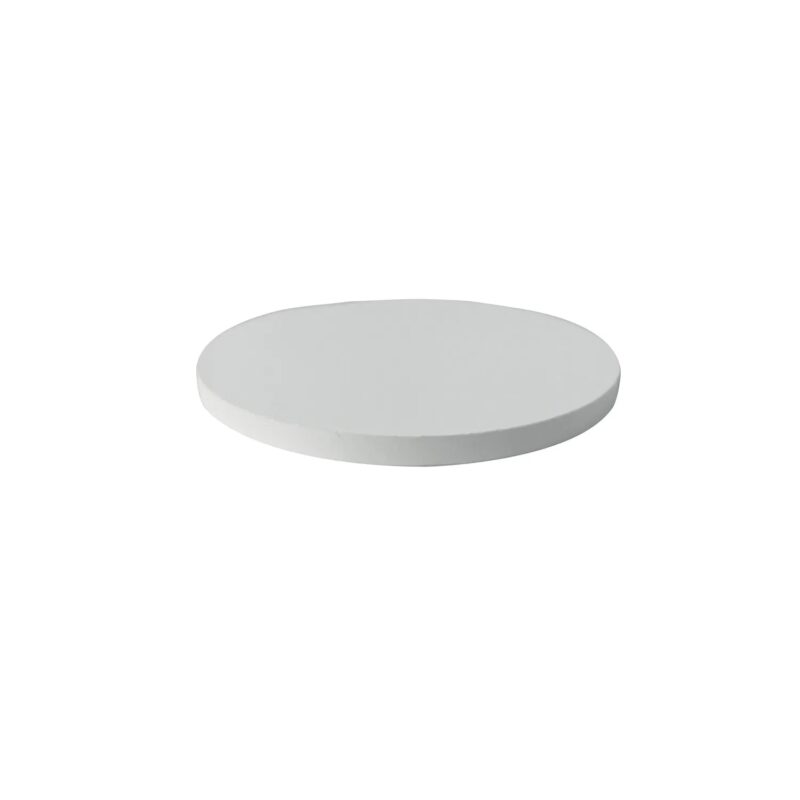
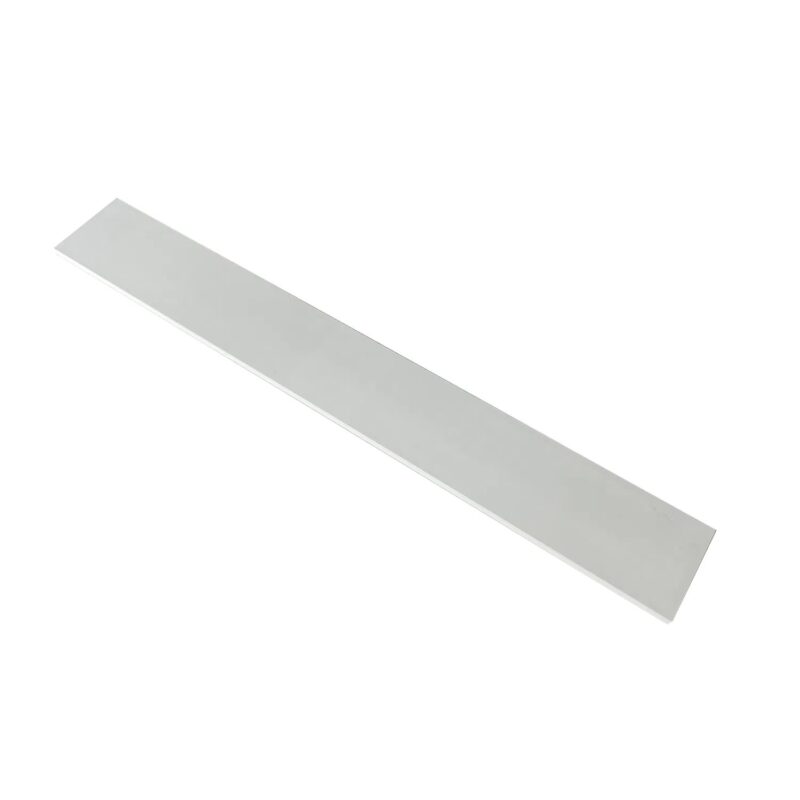
- High Transparency: SnO2 films are highly transparent in the visible light spectrum, making them suitable for optoelectronic applications like transparent conductive films.
- Good Conductivity: Despite its transparency, SnO2 has good electrical conductivity, essential for its role in electrodes and gas sensors.
- Wide Bandgap: SnO2 is a wide-bandgap semiconductor, giving it excellent performance in high-temperature environments and under high-voltage conditions.
- Chemical Stability: Tin oxide is chemically stable, ensuring that films remain durable and resistant to corrosion in various conditions.
-
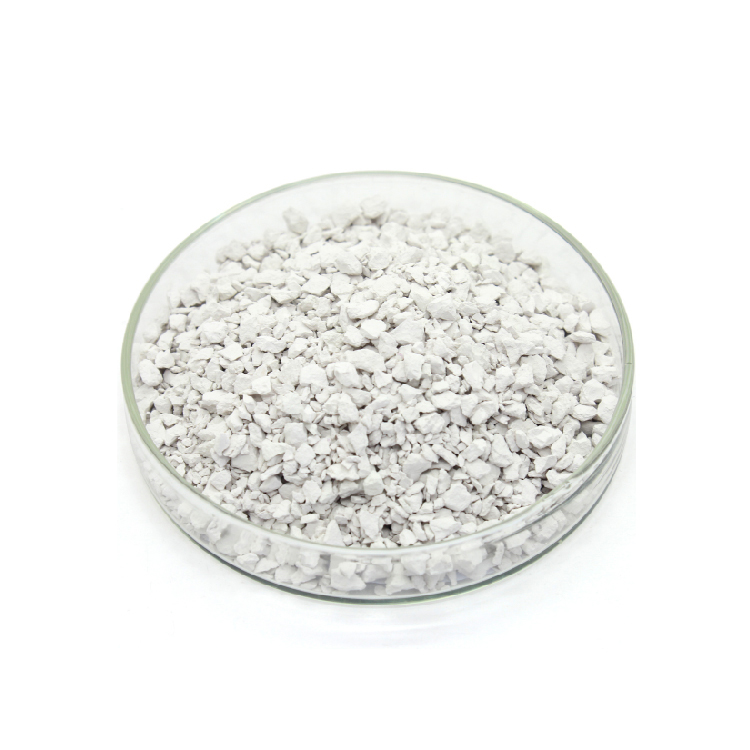
- High Purity: SnO2 pellets are typically offered with a purity of 99.9% or higher, ensuring excellent quality and performance in thin-film deposition.
- Optical Transparency: SnO2 exhibits good transparency in the visible light spectrum, making it suitable for applications requiring optical clarity, such as in displays and solar cells.
- Electrical Conductivity: SnO2 films can exhibit both transparency and electrical conductivity, which is essential for applications like transparent conductive oxides (TCOs).
- Durable and Corrosion Resistant: SnO2 films are highly resistant to wear, corrosion, and environmental degradation, providing a protective barrier in coatings.
- Strong Adhesion: SnO2 coatings adhere well to a variety of substrates, which ensures durability and stability in deposited films.
-
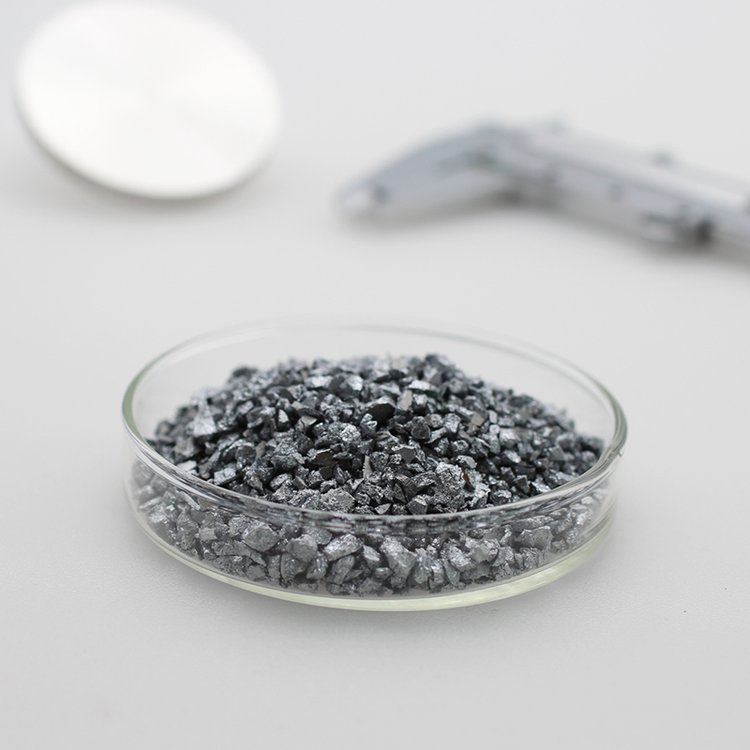
- High purity (≥99.99%).
- Outstanding semiconducting properties with a direct bandgap.
- Suitable for thin-film deposition methods like PVD and CVD.
- Excellent stability under high-temperature and chemical conditions.
- Customizable sizes and packaging options available.
